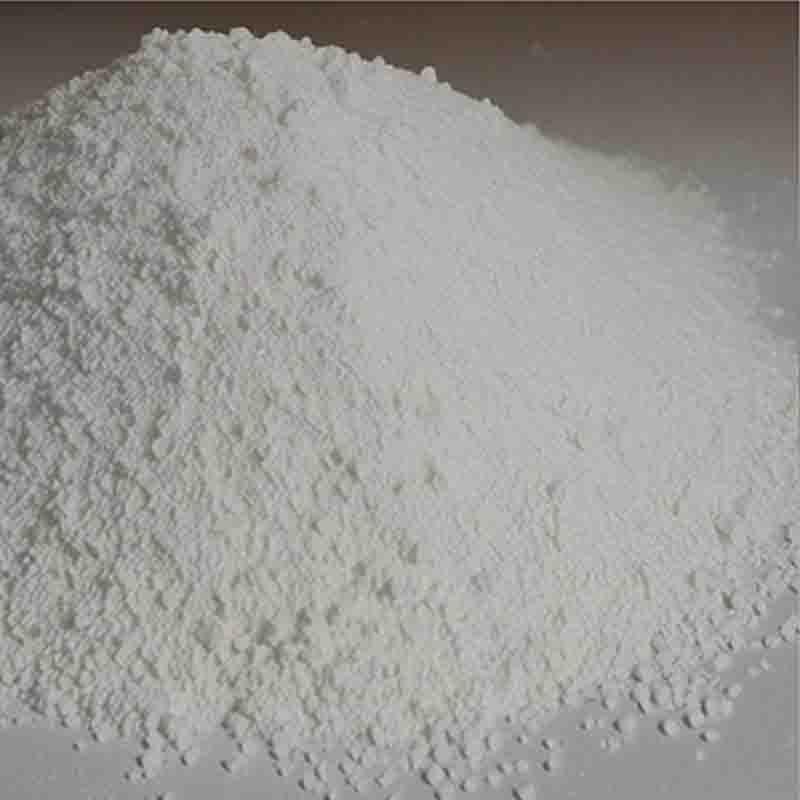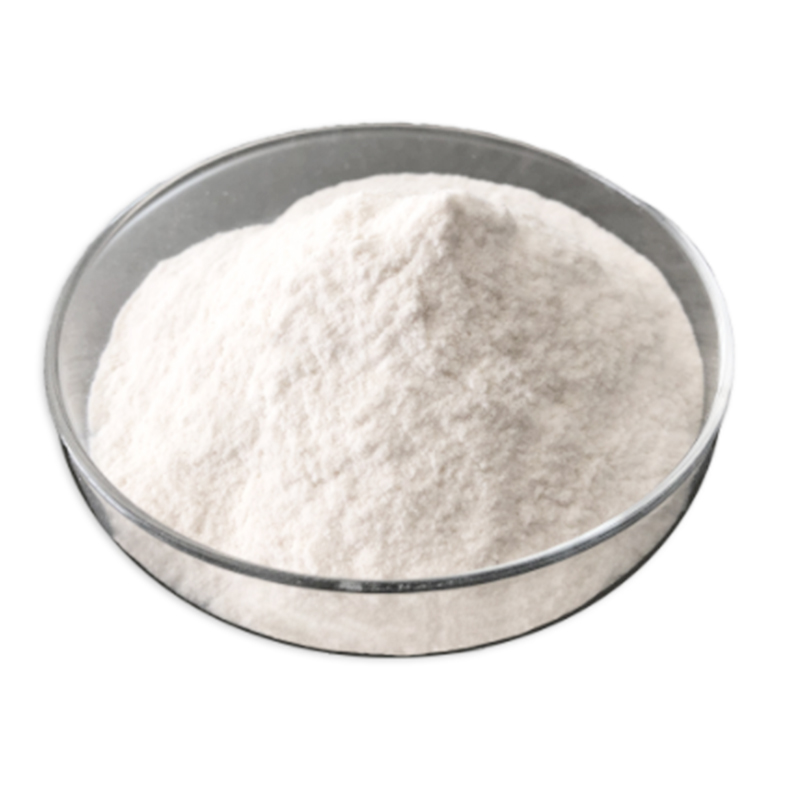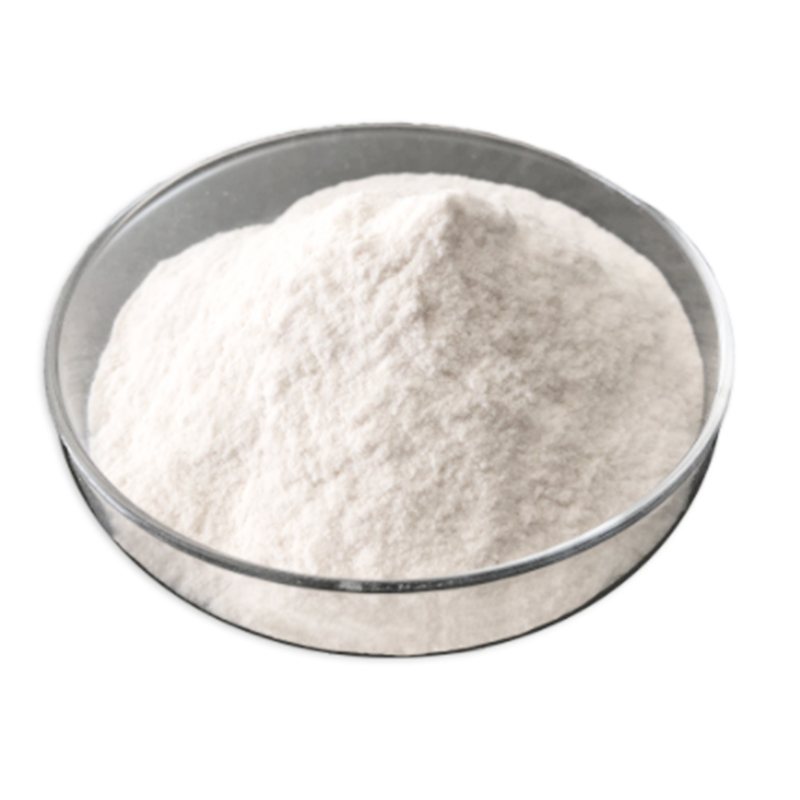2-Thenoyltrifluoroacetone CAS:326-91-0
| Catalog Number | XD94811 |
| Product Name | 2-Thenoyltrifluoroacetone |
| CAS | 326-91-0 |
| Molecular Formula | C8H5F3O2S |
| Molecular Weight | 222.18 |
| Storage Details | Ambient |
Product Specification
| Appearance | White powder |
| Assay | 99% min |
2-Thenoyltrifluoroacetone (TTFA) is a versatile organic compound that has a wide range of effects and applications. It is commonly used as a reagent in various chemical reactions, as a ligand in coordination chemistry, and as an analytical reagent in spectroscopy.One of the key effects of TTFA is its ability to chelate metal ions. TTFA contains a ketone group and a thioketone group, both of which can act as electron donors to form coordination complexes with metal ions. This property makes TTFA a useful ligand for stabilizing and studying metal complexes. It is often employed in synthesis and catalysis to control the reactivity and selectivity of metal-catalyzed reactions.Additionally, TTFA has been extensively utilized as an analytical reagent in spectroscopy, particularly in the determination of metals. It forms highly stable complexes with a variety of metal ions, which can be detected and quantified using techniques such as UV-Vis spectroscopy or fluorescence spectroscopy. This makes TTFA a valuable tool in trace metal analysis and environmental monitoring.TTFA has also found applications in organic synthesis. It can undergo various chemical reactions, including condensation, nucleophilic addition, and oxidation reactions. These reactions enable TTFA to be converted into a wide range of derivatives, which can then be employed for the synthesis of complex organic molecules.Furthermore, TTFA has demonstrated antioxidant properties. It can scavenge reactive oxygen species and inhibit oxidative damage in biological systems. This makes it a potential candidate for pharmaceutical applications, such as the development of antioxidant drugs.Overall, the effects of 2-Thenoyltrifluoroacetone are diverse and significant in various fields. Its ability to chelate metal ions, its role as an analytical reagent, its versatile reactivity in organic synthesis, and its antioxidant properties make it a valuable compound with numerous applications. Further research and exploration of its properties and potential uses may uncover even more effects and applications for this compound.





![N-[1,1'-biphenyl]-4-yl-N-(4-bromophenyl)-9,9-dimethyl-9H-Fluoren-2-amine CAS: 1246562-40-2](https://cdn.globalso.com/xdbiochems/白色粉末21569.jpg)



